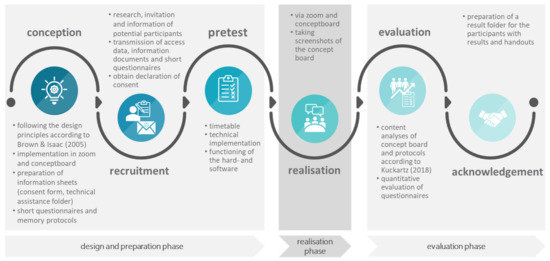Editorial to the Inaugural Issue by Jessica Flack et al: “It is easy to see the potential of collective intelligence research to serve as a unifying force in the sciences. Its “nuts and bolts” methodological and conceptual questions apply across scales – how to characterize minimal and optimal algorithms for aggregating and storing information; how to derive macroscopic collective outputs from microscopic inputs; how to measure the robustness and vulnerability of collective outcomes, the design of algorithms for information aggregation; the role of diversity in forecasting and estimation; the dynamics of problem-solving in groups; team dynamics and complementary and synergistic roles; open innovation processes, and, more recently, the practical options for combining artificial and collective intelligence.
Despite this potential, the collective intelligence scholarly community is currently distributed over somewhat independent clusters of fields and research groups. We hope to bring these groups together. In this spirit, we will provide space for cross-cutting research aimed at principles of collective intelligence but also for field-specific research.
How should we understand the objectives of collective intelligence in different contexts? These can include identifying an object, making predictions, solving a problem, taking action, achieving an outcome, surviving in a dynamic environment, or a combination of these. Clarity on objectives is essential to measure or evaluate collective intelligence.
What can we learn about how collective intelligence addresses different types of problems, such as the characteristics of static, stochastic, and dynamic environments? For example, if stochastic, is the distribution of states best described as coming from a fixed distribution, as produced by a Markov Process, or as deeply uncertain? If a multi-agent system, to what extent do those entities cooperate or compete? What combinations of hierarchies and various forms of self-organization–such as markets, democracies, and communities–can align goals and coordinate actions?
What causes collective intelligence? How are the core processes needed for intelligence–such as sensing, deciding, and learning–performed in very different types of collective systems? What precisely is the relationship between diversity and collective intelligence (where the patterns are much more complex than often assumed)? Or the roles of synchrony and synergy in teams? What are some non-obvious patterns, such as how a slow learning rate among some population members maintains memory? What is the role of noise (as discussed in our first published dialogue), which, while harmful to the individual, can be potentially beneficial for the collective? When can a propensity for mistakes be helpful?
How should we understand the relationships between levels? For example, can aggregate or macroscale variables be derived from microscale interactions and mechanisms, or vice-versa?
Where does collective intelligence reside, and how is it “stored”—in individual heads, encoded in interaction networks and circuits, or embodied in the interaction of a group with its environment?
How are trade-offs handled in different contexts–speed and accuracy, focus and peripheral vision, exploration and exploitation?
These–and dozens of related questions–are relevant to many disciplines, and each may benefit from insights derived from others, particularly if we can develop common principles and concepts…(More)”.

